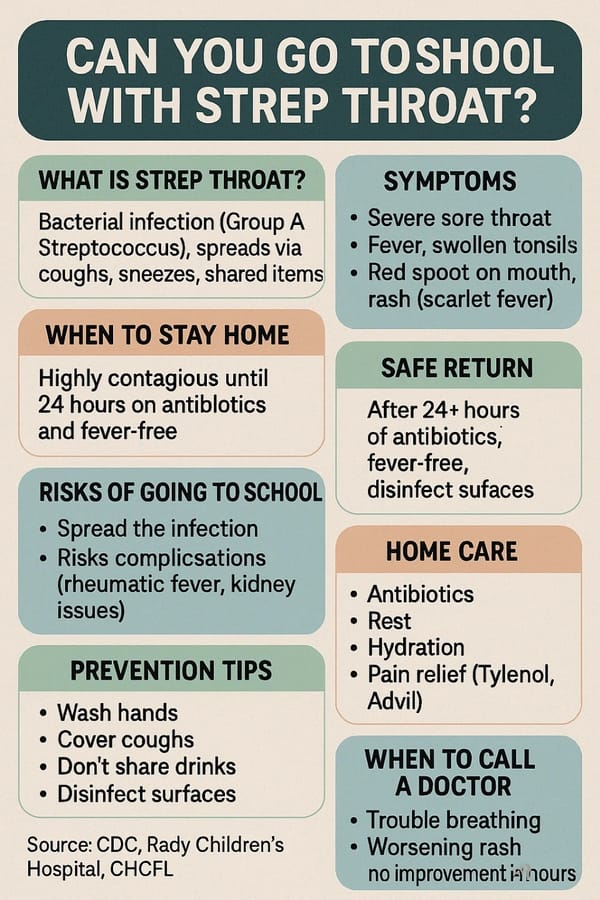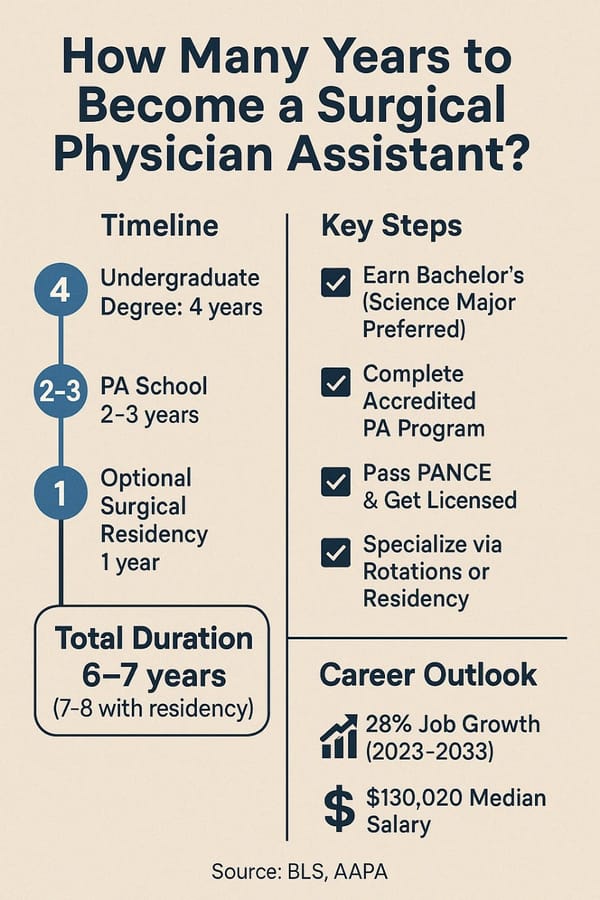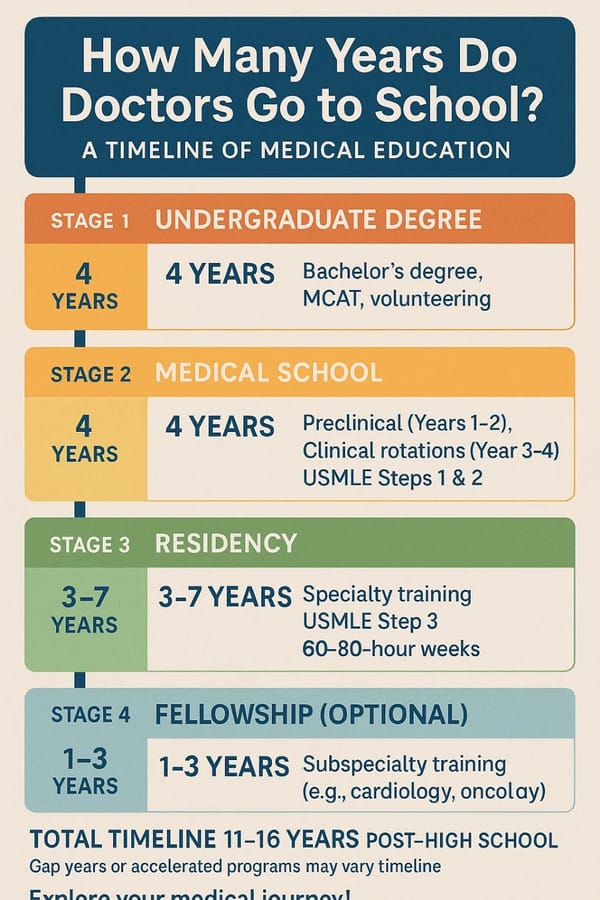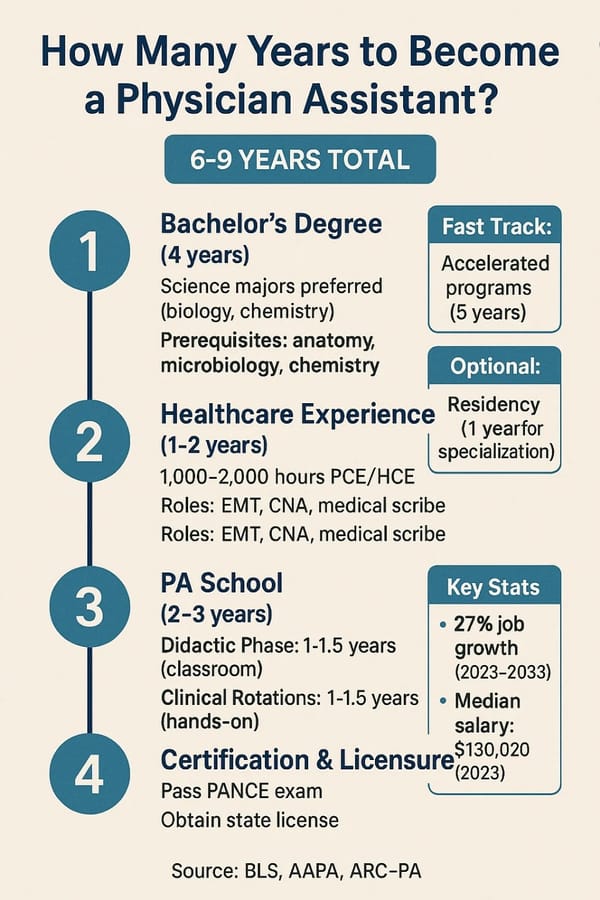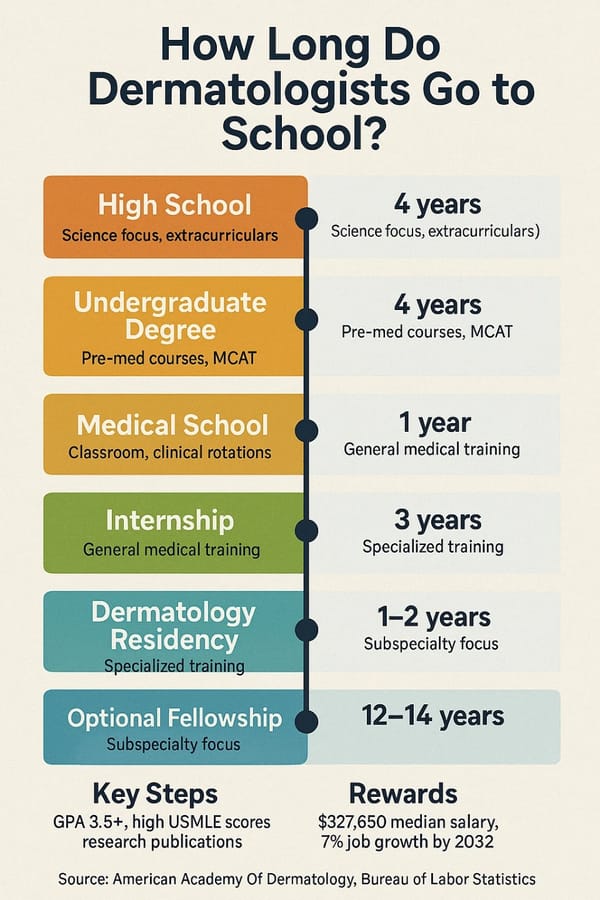What Is the Duration of Schooling Required to Become an Ultrasound Technician? A Comprehensive Guide
Introduction
Imagine wielding advanced technology to glimpse inside the human body, helping diagnose everything from pregnancies to heart conditions. That’s the thrilling role of an ultrasound technician, or diagnostic medical sonographer—a career blending patient care with cutting-edge skills. With a 15% job growth projected from 2023 to 2033 and salaries averaging $73,001 annually[1], it’s no wonder many are asking: What is the duration of schooling required to become an ultrasound technician? This guide explores the educational pathways, specializations, certifications, and career outlook as of April 15, 2025, offering a clear roadmap for aspiring sonographers. Whether you’re a high school grad or a career changer, let’s uncover how long it takes to step into this rewarding field.
Educational Pathways: How Long Is Schooling?
The journey to becoming an ultrasound technician offers flexible educational paths, each varying in duration based on your starting point and ambitions. Research highlights three main routes: certificate programs, associate degrees, and bachelor’s degrees. Here’s a detailed look at each.
Certificate Programs
For those eager to start scanning sooner, certificate programs are the fastest option, typically lasting 1 year, though some span 14-22 months. Accredited by the Commission on Accreditation of Allied Health Education Programs (CAAHEP), these programs teach essential skills like anatomy, physiology, medical terminology, and clinical practice. They’re perfect for healthcare professionals—like nurses or radiologic technologists—looking to pivot into sonography. While certificates enable quick workforce entry, they may offer less depth than degrees, potentially limiting long-term advancement.
Associate Degree Programs
The most popular path, an associate degree, takes about 2 years, with accelerated options ranging from 14-24 months. These programs combine general education (e.g., physics, math) with sonography coursework and hands-on clinical training. Ideal for high school graduates or career switchers, associate degrees prepare you for entry-level roles and certification exams through bodies like the American Registry for Diagnostic Medical Sonography (ARDMS). The extra year compared to certificates builds a robust foundation, enhancing job prospects and versatility.
Bachelor’s Degree Programs
For those eyeing advanced roles, a bachelor’s degree typically spans 4 years, though healthcare professionals can opt for accelerated tracks lasting 15-27 months. These programs dive deep into advanced imaging techniques, research, and leadership, often requiring extensive clinical hours. Graduates are primed for specialized positions, higher salaries, and even management roles. If long-term growth is your goal, explore bachelor’s programs at CAAHEP-accredited institutions for a worthwhile investment.
So, which path suits you? It hinges on your current education, urgency to work, and career vision. A high school grad might choose a 2-year associate degree for balance, while a nurse could fast-track with a 1-year certificate.
Specializations: Adding Depth and Time
Specializing in areas like obstetric, cardiovascular, or musculoskeletal sonography can elevate your career but often extends schooling. These focused paths require additional coursework and clinical hours, making you a sought-after expert. Here’s a snapshot of common specialties:
| Specialization | Description | Certifications |
|---|---|---|
| Cardiovascular Sonography | Images the heart to diagnose valve issues or blockages. | RCS, ACS, RCCS (via CCI) |
| Abdominal Sonography | Scans organs like the liver or kidneys to detect tumors or cysts. | RDMS (ARDMS) |
| Musculoskeletal Sonography | Examines muscles and joints for injuries like sprains or tears. | RMSKS |
| Neurosonology | Images the brain and nervous system for conditions like aneurysms. | - |
| Obstetric/Gynecologic Sonography | Monitors pregnancies and reproductive health. | RDMS |
| Pediatric Sonography | Detects congenital conditions in children. | - |
How Specializations Affect Schooling
Pursuing a specialty often adds 6 months to 1 year to your education, depending on the program. For instance, earning a Registered Diagnostic Medical Sonographer (RDMS) credential in obstetrics through ARDMS involves passing specialty exams, which may require extra study post-degree. The payoff? Specialists often secure higher-paying roles, especially in high-demand fields like cardiovascular sonography. Is it worth the extra time? For many, the answer is a resounding yes, given the career boost.
Certification and Licensure: The Extra Step
Certification isn’t always mandatory, but it’s a powerful credential that employers value highly. In states like New Hampshire, Oregon, North Dakota, and New Mexico, licensure is required, but elsewhere, certification signals expertise. It involves passing exams after completing an accredited program, which can extend your timeline slightly. Key certifying bodies include:
- ARDMS: Offers credentials like RDMS for specialties like abdominal or obstetric sonography. You’ll need to pass the Sonography Principles and Instrumentation (SPI) exam and a specialty exam.
- ARRT: Provides sonography certification, ideal for those with radiologic tech backgrounds.
- CCI: Focuses on cardiovascular credentials, such as Registered Vascular Technologist (RVT).
Preparing for these exams might take a few months after graduation, depending on your study habits. Certified techs often enjoy better job offers and salaries, making it a smart move. Want to learn more? Visit ARDMS’s certification guide for a step-by-step breakdown.
Job Outlook and Salary: Why It Matters
Investing time in ultrasound tech school pays off in a thriving field. The Bureau of Labor Statistics forecasts a 15% job growth from 2023 to 2033—faster than most careers—driven by an aging population and ultrasound’s non-invasive benefits. As of 2025, the average salary is $73,001 per year (about $35.36 per hour), per Payscale. Earnings vary based on several factors:
- Specialization: Cardiovascular sonographers often earn more due to complex imaging demands.
- Location: Urban hubs like Chicago or New York offer higher wages than rural areas.
- Education: Bachelor’s degree holders typically outearn those with certificates.
For deeper insights into salary trends, check UltrasoundSchoolsInfo.com. Why does this matter? A strong job outlook and competitive pay make the schooling worthwhile, whether you study for 1 or 4 years.
Real Stories: Voices from the Field
What’s it really like to be an ultrasound tech? Let’s hear from those living it. Yonella Demars, PhD, RDMS, RVT, who leads the sonography program at Virginia Commonwealth University, stresses ergonomic scanning to stay injury-free: “Positioning yourself and the patient right is critical,” she shares in an interview. She urges techs to keep up with innovations like elastography—a tip for staying ahead.
Lynn Nguyen, a sonographer, chose this path over nursing for its hands-on impact. “Using ultrasound to help diagnose conditions feels incredibly fulfilling,” she explains at UltrasoundSchoolsInfo.com. Meanwhile, Samantha Callis, MHA, RDMS, RDCS, RVT, wrote Diagnostic Medical Sonography – The Definitive Guide to Planning Your Career (2023), available on Amazon, packed with practical advice for aspiring techs.
These stories reveal the passion and variety in sonography, inspiring anyone considering this career. Could you see yourself in their shoes?
Choosing the Right Path: Practical Tips
Feeling overwhelmed by options? Here’s how to pick the best path for you:
- Evaluate Your Background: Already in healthcare? A 1-year certificate might be enough. Starting from scratch? An associate or bachelor’s degree lays a strong foundation.
- Balance Speed and Depth: Need a job fast? Choose a certificate. Aiming for leadership? Commit to a 4-year degree.
- Prioritize Accreditation: Only enroll in CAAHEP-accredited programs to ensure quality and certification eligibility.
- Plan for Specializations: Passionate about cardiology? Start cardiovascular training early to streamline your journey.
- Prep for Certification: Set aside time for exam study to boost your resume right after graduation.
Need more resources? The Society of Diagnostic Medical Sonographers (SDMS) offers career tools to guide your next steps.
Conclusion
So, what is the duration of schooling required to become an ultrasound technician? It ranges from 1 to 4 years: 1 year for certificate programs, 2 years for associate degrees, and 4 years for bachelor’s degrees, with specializations or certifications potentially adding time. Each path offers unique perks, from rapid entry to advanced career prospects. With a 15% job growth and salaries averaging $73,001, sonography is a smart investment. Ready to take the plunge? Start by exploring CAAHEP-accredited programs or dive into career insights at SDMS. Your sonography journey begins now—why wait?

